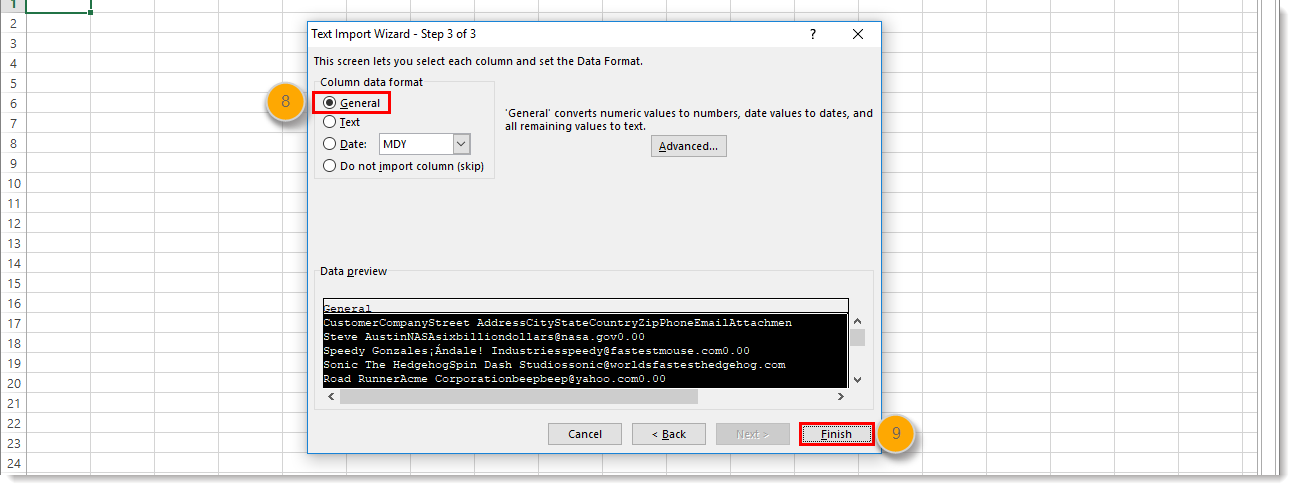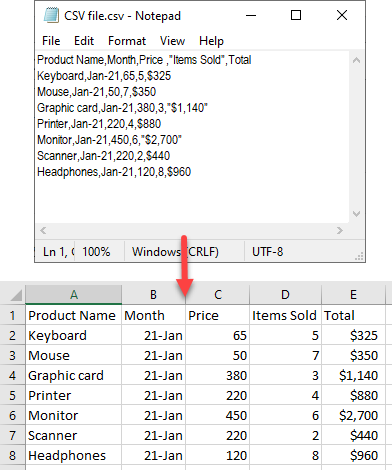


The QueryTable process is predicated on the raw data not changing in format or structure.Option 2: Use QueryTable to import the external data directly into the existing workbook.This would be prone to errors and require a savvy end user This process is fairly consistent across Excel’s external data import tools, however the open functionality does not readily translate into a macro unless you were to have a separate file open that could then be referenced to copy the data values.This will walk you through steps defining for Excel how the data file is structured including the delimiters used, where to start the import, characters used for delimiting, and finally the column by column data format assignment Option 1: Opening the raw data file through the Excel File -> Open process which enables you to select how to each column is integrated and opens the file in a new workbook.When you are importing data into excel from an external data source, you have a couple of options: Every month, there is new data released, and therefore, everytime the end user opens the workbook and executed the macro, it would be a best practice to prompt them to import new data. Let’s say that data import is a step in a larger process rather than the end game and you’re building a sales forecasting model to analyze monthly raw sales data, and then make predictions about future sales goals.

For instance, if you are importing a text file with city, states, and zip codes, you may run into an issue during your data review because most likely, Excel will have dropped the leading 0’s from the zip codes. Raw data import processes are very sensitive and finicky based on the type of data that is being imported and the structure of that data. Botching a data import can ruin all subsequent data analysis.


 0 kommentar(er)
0 kommentar(er)
